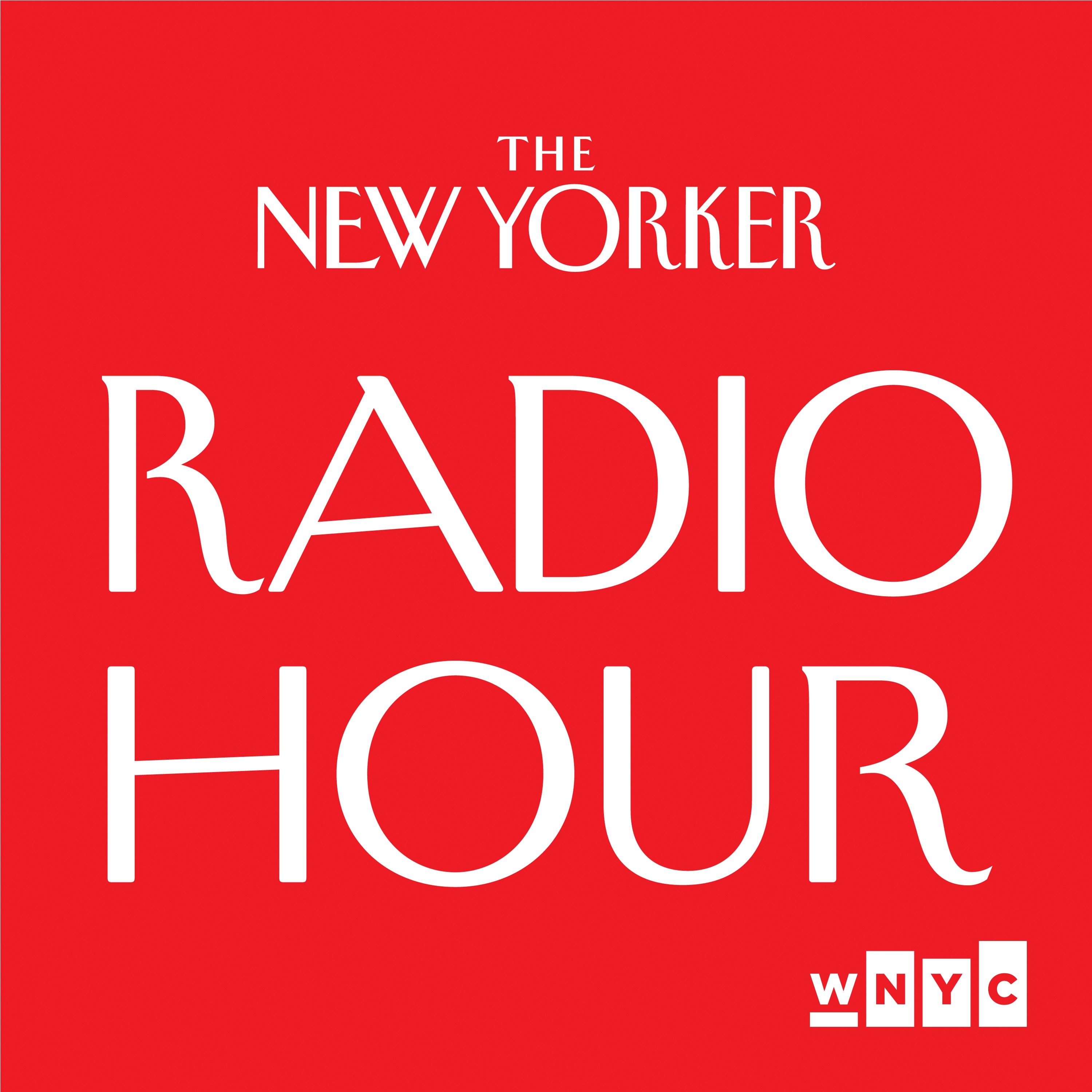
As the COVID-19 pandemic approaches its fourth year, we can begin to gain some clarity on which countries, and which U.S. states, had the best outcomes over time. In a conversation with David Remnick, Dhruv Khullar, a contributing writer and a practicing physician in New York, explains some of the key factors. Robust testing was key for public-health authorities to make good decisions, unsurprisingly. What also seems clear from a distance, Khullar says, is that social cohesion was a decisive underlying condition. This helps explain why the United States did poorly in its pandemic response, despite a technologically advanced health-care system. Peer pressure, in other words, trumped mandates. Khullar also speaks to Dr. Rochelle Walensky, the head of the Centers for Disease Control and Prevention, about how misinformation and political polarization inhibit our country’s efforts on public health.
No persons identified in this episode.
This episode hasn't been transcribed yet
Help us prioritize this episode for transcription by upvoting it.
Popular episodes get transcribed faster
Other episodes from The New Yorker Radio Hour
Transcribed and ready to explore now
How the Trump Administration Made Higher Education a Target
17 Oct 2025
The New Yorker Radio Hour
Brian Eno Knows “What Art Does”
03 Jun 2025
The New Yorker Radio Hour
Louisa Thomas on a Ballplayer’s Epic Final Game; Plus, Remembering the Composer of “Annie”
27 May 2025
The New Yorker Radio Hour
Cécile McLorin Salvant Performs Live In-Studio
23 May 2025
The New Yorker Radio Hour
From “On the Media” ’s “Divided Dial”: “Fishing in the Night”
20 May 2025
The New Yorker Radio Hour
Jake Tapper and Alex Thompson on President Joe Biden’s Decline, and Its Cover-Up
16 May 2025
The New Yorker Radio Hour